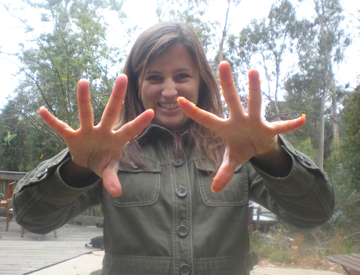Bentley Lab People






What makes an egg? How do females decide when to lay an egg? What environmental cues do they need? What physiological processes underlie the ‘decision’ to lay an egg? Despite a century of research on avian photoperiodism – largely on males – we still do not understand how environmental cues other than photoperiod are transduced by the brain and turned into physiological signals to regulate the process of preparing to breed. Answers to these questions are urgently needed in the face of global climate change when a vast array of organisms is adjusting timing of spring events important for reproductive success. For avian species, this means timing of laying the first egg is advancing with rising spring temperatures, but not with day length. While ecologists have a long history of cataloguing egg lay dates as the beginning of the breeding season, and beautiful long-term data sets demonstrating correlations with spring
temperature, we really do not understand how females make the decision to begin a clutch of eggs.
As a physiologist, I am interested in how rapid adjustments to changing environmental conditions are controlled. My research uses the critical relay system between environment and internal physiology: the brain’s neuroendocrine system. I investigate the physiological mechanisms that underlie the regulation of ovarian follicle development. My current work
measures changes in gene expression within tissues of the hypothalamo-pituitary gonadal (HPG) axis in response to manipulation of specific environmental cues (e.g. photoperiod and social interactions) with the goal of narrowing in on which genes are important for initiating the shift to final follicle maturation.
Nicole Perfito

